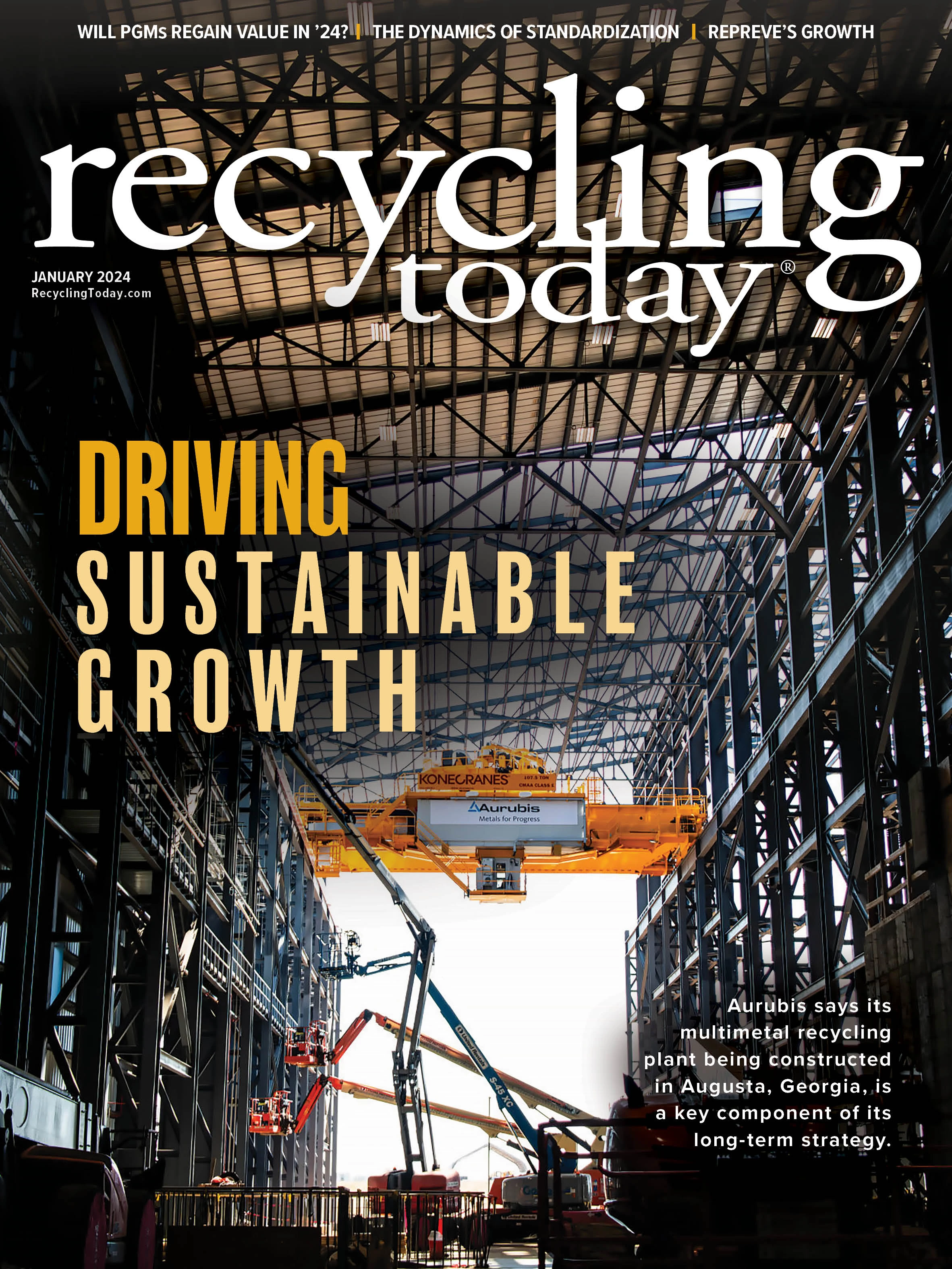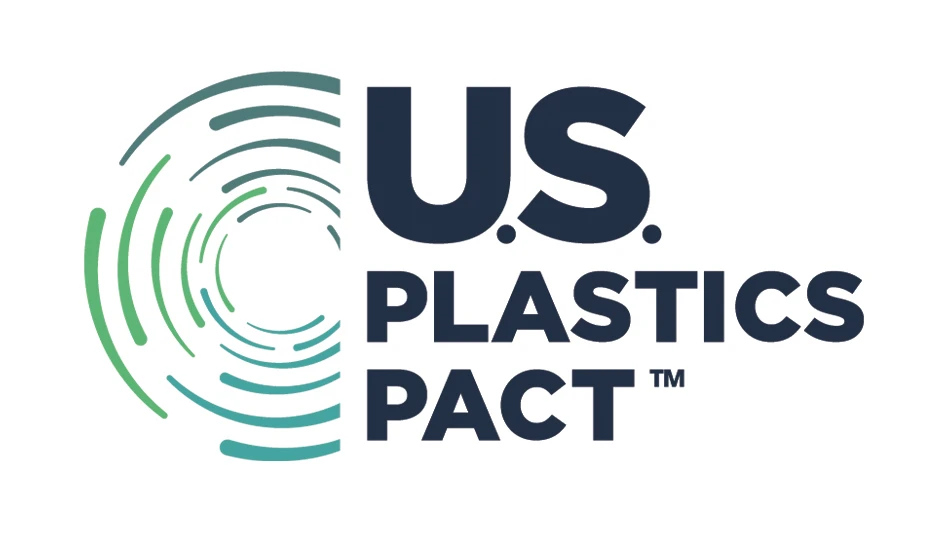The amount of cardboard and other paper in U.S. landfills represents $4 billion in lost economic value, according to a report using figures from 2019 that was released in mid-December 2023 by the U.S. Department of Energy’s National Renewable Energy Laboratory (NREL).
The analysis is part of NREL researchers’ latest effort to examine what is being landfilled in the U.S. and how to guide policymakers toward sustainable waste management while helping researchers consider the potential impact of new waste management technologies.
”The energy and resource values of materials put into landfills are lost. We can do better if we want to achieve a circular economy.” – Anelia Milbrandt, senior research analyst, NREL Strategic Energy Analysis Center
“The collective goal of these studies is to improve the level of detail and comprehensiveness of MSW [municipal solid waste] estimates compared with previous studies and drive local initiatives toward sustainable waste management in the context of a circular economy,” the report says.
Researchers reviewed 52 waste composition studies by material type at the state, county and local levels. Paper and cardboard components include newspaper, magazines, sorted office paper, old corrugated containers (OCC) and kraft paper; compostable paper like paper towels and pizza boxes; and other items that do not fit a category, such as books, aseptic containers and gable-top containers.
The waste composition studies represent 36 states, and researchers focused on the landfilled portion of paper and cardboard in their geospatial analysis to illustrate areas with “substantial opportunities” to divert these materials from landfills and recover their technical and economic value.

According to the report, of the estimated 110 million tons of paper and cardboard processed domestically in 2019, approximately 56 percent were landfilled (62.7 million tons), 6 percent were incinerated and 38 percent were recycled. The study also notes paper and cardboard made up about 26 percent of total MSW managed in the U.S. in 2019.
That recycling rate is vastly different than the 66.2 percent U.S. paper recycling rate reported by the Washington-based American Forest & Paper Association (AF&PA) in 2019. In its most recent calculation in 2022, the AF&PA reported a 68 percent paper recycling rate, which is the highest rate recorded by the organization. The AF&PA also reported a U.S. OCC recycling rate of 92.3 percent in 2019 and a 91.4 percent rate in 2022, however, the NREL report shows 60 percent of cardboard being recycled in 2019, equivalent to about 29 million tons, while 36 per-cent, or about 17 million tons, were landfilled.
“That value is lost by landfilling,” says Anelia Milbrandt, senior research analyst at NREL’s Strategic Energy Analysis Center.

Despite varied pricing since 2019, the economic impacts are eye-opening. Of the $4 billion in value lost to landfills, cardboard represents about $1.5 billion, while “other paper” represents about $1.1 billion. While sorted office paper, which had a U.S. average price of $131 per ton as of December 2023 per Fastmarkets RISI, is down 42 percent from a year ago, the study reports nearly $500 million in average lost market value for the grade—a staggering number considering its high demand and weakened generation from traditional sources like office buildings.
“The U.S. is one of the world’s top waste producers, and most of it goes to landfills,” Milbrandt says. “The energy and resource values of materials put into landfills are lost. We can do better if we want to achieve a circular economy.”
The report concludes, “In addition to the energy expended for manufacturing and the lost economic value, landfilling paper and cardboard contributes to methane emissions, waste disposal fees, deforestation and local siting and environmental issues. Fortunately, this category of waste is amenable to strategies—including reuse, recycling, composting and energy recovery—that can mitigate the drawbacks of landfilling.”

Explore the January 2024 Issue
Check out more from this issue and find your next story to read.
Latest from Recycling Today
- PCA reports profitable Q1
- British Steel mill subject of UK government intervention
- NRC seeks speakers for October event
- LME identifies Hong Kong warehouses
- Greenville, Mississippi, launches aluminum can recycling program
- Cotton Lives On kicks off 2025 recycling activities
- Georgia-Pacific names president of corrugated business
- Sev.en Global Investments completes acquisitions of Celsa Steel UK, Celsa Nordic





